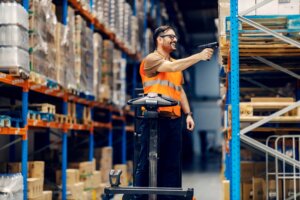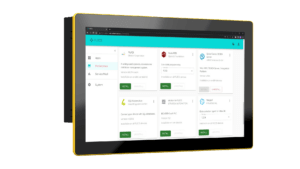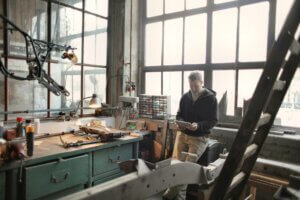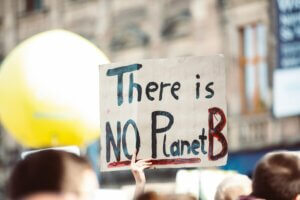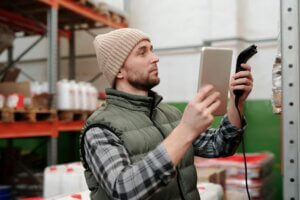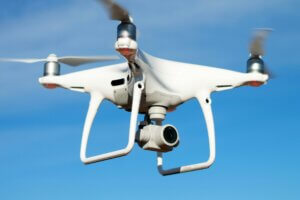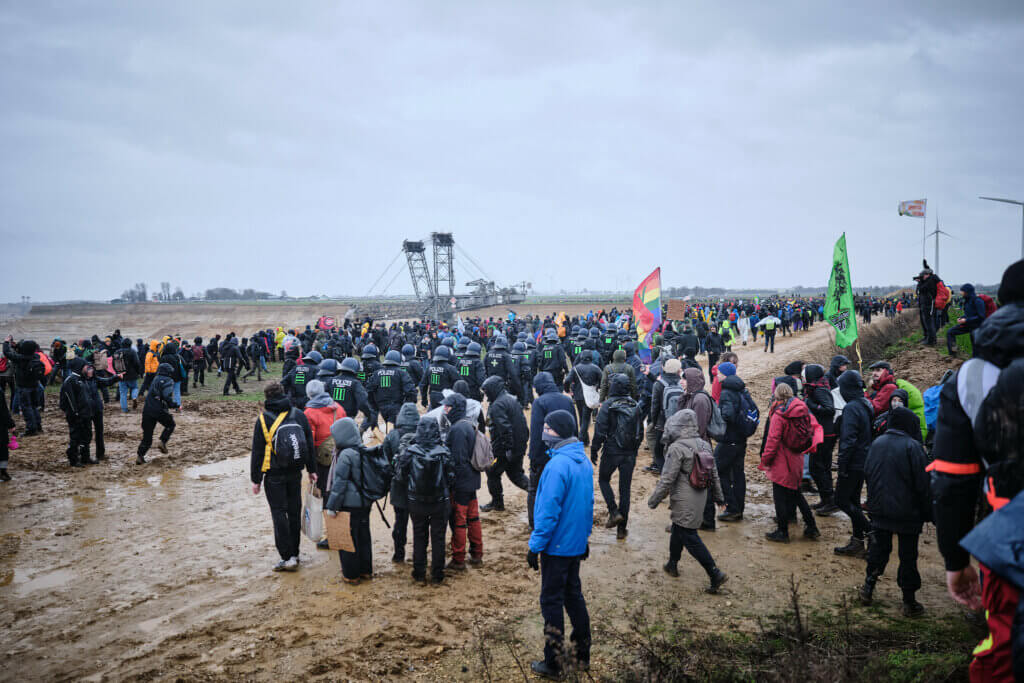Sometimes I wonder if our quarterly reports are becoming increasingly gloomy. In the final declaration of the COP27 UN climate summit in Sharm El-Sheikh, the international community reaffirmed the goal of limiting global warming “as far as possible” to 1.5 degrees Celsius compared with the pre-industrial era. Whether or not the states tighten up their climate protection plans, however, remains optional. We don’t even need to look far to see how the political implementation of this is progressing: new coal construction in Lützerath, investments worth billions in LNG terminals, faltering infrastructure and wind power expansion, expansion of highways instead of expansion of local public transport,…
At the same time, innovative start-ups such as Sono Motors, which altruistically drive real innovation in climate-friendly mobility, are politically disregarded.
I guess it’s up to us as private consumers and the economy itself to make a difference.
Emissions
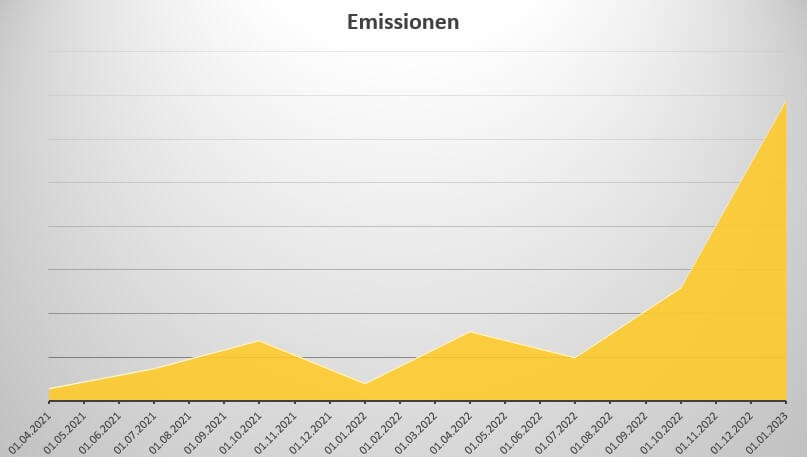
Contrary to our expectations, emissions increased significantly compared to the third quarter, mainly due to emissions from increased production volumes. As before, emissions are not calculated precisely as we do not have the internal resources to do so. All emissions are recorded in accordance with the scope concept from the Greenhouse Gas Protocol. In the fourth quarter, indirect external emissions accounted for over 99% of emissions, as production is carried out by external partners.
Compensation
Part of our corporate philosophy is to offset emissions that cannot be avoided at the moment, so that we are at least arithmetically climate neutral. To offset our emissions, we invest money in sustainable projects. In the end, our products are climate neutral through compensation. You can find out who receives these funds and how they are used regularly in our quarterly climate report. At all times, we look out for projects of a high standard that meet at least five of the United Nations’ 17 sustainability goals.
For the third quarter running, we are supporting the construction of a 100-megawatt wind power plant in Madhya Pradesh – a large state in central India. The project consists of 67 wind turbines, each with a capacity of 1.5 MW, which generate clean electricity through the use of wind energy. The project has conducted an Environmental Impact Assessment (ESIA) in accordance with IFC guidelines, involving the local community through frequent stakeholder consultations. It plays an important role in reducing CO2 emissions and will continue to contribute to the economic growth of the region by generating 180 GWh of clean electricity annually, equivalent to supplying 42,000 households. The project also results in a reduction of carbon emissions by 1.23 million tons of CO2e in 7 years, thus providing long-term sustainable reductions. Meanwhile, the project is 89% financed.
Our local partner is Orange Renewable Power Pvt Ltd, an operator of wind turbines and solar farms. The project meets five Sustainable Development Goals (SDGs) of the United Nations:
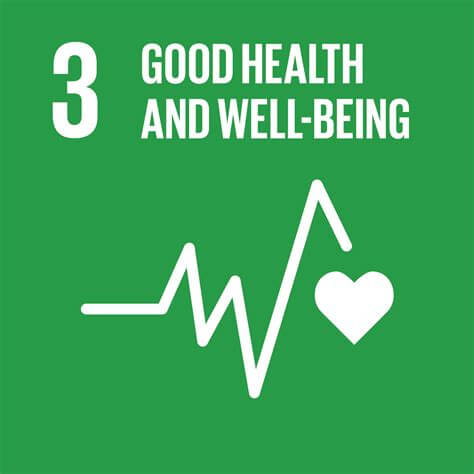
Goal 3 - Good Health and well-being
Ensure healthy lives for all people of all ages and promote their well-being.
In collaboration with the Madhya Pradesh State AIDS Control Society, motivational workshops were held for HIV-infected and AIDS sufferers, and the importance of anti-retroviral therapy to their lives was communicated, benefiting over 60 people. Regular organization of camps/rallies for smoking cessation and sensitization of the participants.
For project implementation, 21.6 km of roads were built in the villages near the project, which are now available to the general public.
Access to clean water: water tanks and water treatment plants were installed, benefiting the public on a large scale, providing easy access to clean and safe drinking water. Clean India: development of sanitation facilities such as the construction of toilets in public places.
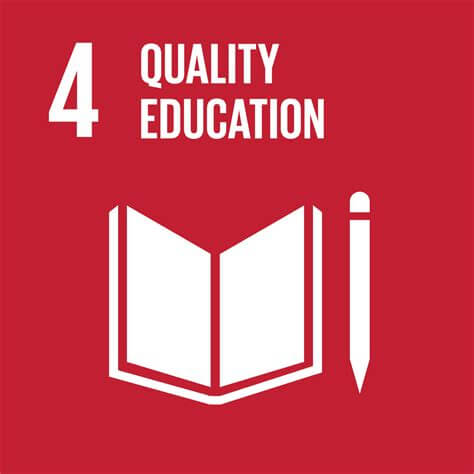
Goal 4 - Quality education
Ensure inclusive, equal and quality education and promote lifelong learning opportunities for all.
Help the underprivileged: distribute computers, bicycles and stationery to orphanages, benefiting more than 60 children, and distribute clothing to homes for the elderly. Distribution of necessary infrastructure such as furniture, school supplies including stationery, math and science materials, sports materials and scholarships to deserving students of more than 25 schools, benefiting more than 5,000 children.
Organized large medical camps in surrounding villages and distributed free medicines in the camps, benefiting over 1000 people in 7 villages. Education programs on nutrition, prenatal care, sexually transmitted diseases (STD) and hygiene were also conducted.
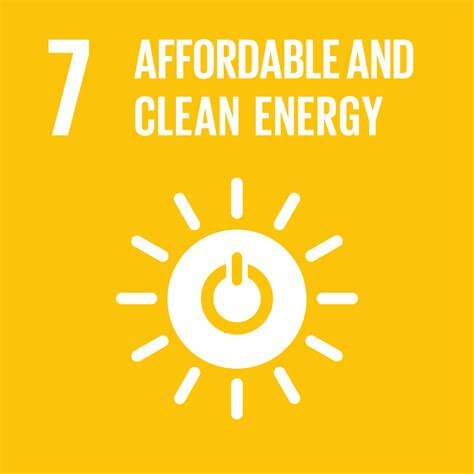
Goal 7 - affordable and clean energy
Ensure access to affordable, reliable, sustainable, and modern energy for all
Installation of a power transformer and distribution line that allows direct electrification of households and power supply to water pumps for agricultural purposes, benefiting over 1,000 people. In addition, there are approximately 93 km of transmission lines constructed for project purposes.
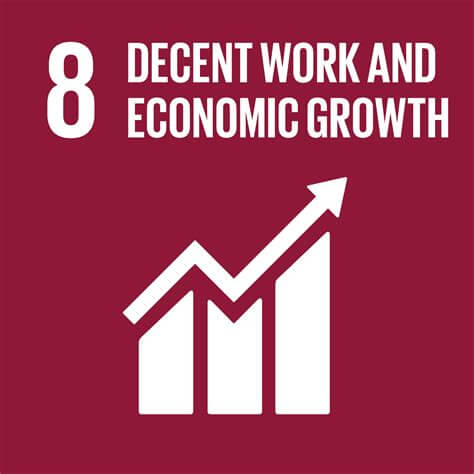
Goal 8 - Decent work and economic growth
Promote durable, broad-based and sustainable economic growth, full and productive employment and decent work for all.
The project has resulted in the creation of 730 direct jobs during the construction phase (including laborers, supervisors, and engineers), of which 266 have been hired locally. The project has also provided permanent employment for 76 people.
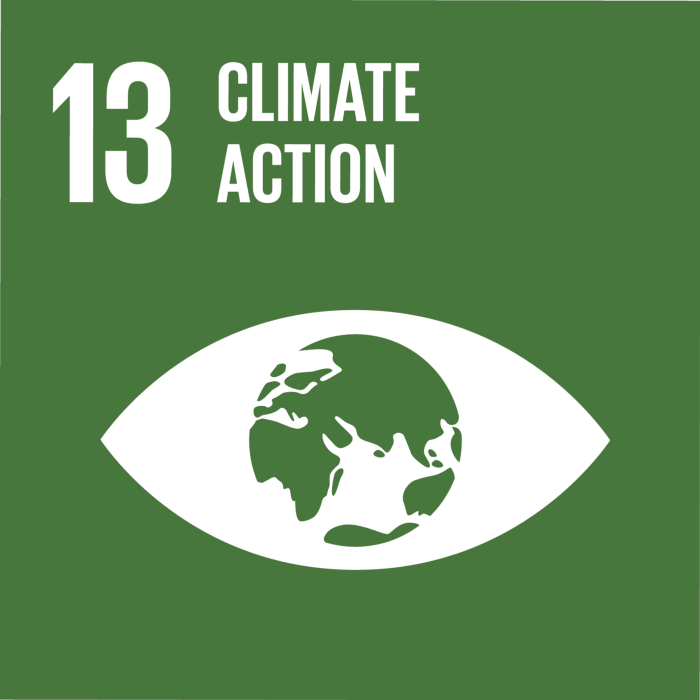
Goal 13 - Climate Action
Take immediate action to address climate change and its impacts.
Of all the compensatory measures, Goal 13 is, of course, the most important for us. Nevertheless, sustainable climate protection in developing areas cannot be achieved without strengthening the local infrastructure, because ultimately the climate protection projects should also have a long-term character.
In addition to the construction of the wind turbines, which are in themselves a significant climate protection measure, tree planting campaigns are regularly carried out in schools, substations and public places.
Progress
Looking back on the eventful year 2022, we can say we have achieved quite a bit. Various packages have been optimized, are now smaller than before, and the amount of plastic has been massively reduced. A key partner factory was certified to ISO 14001:2015 and IEC QC 08000:2017, and we parted ways with some partners who did not sufficiently represent our values. The climate supplier audit for 2022 also showed that there is still work to be done in the area of climate protection, as the average score was only 45%. We are in constructive exchange with suppliers so that real results are achieved in the next audit.
Setbacks
Actually, we had planned some additional topics for the area of sustainability for this year. On top and voluntary. Simply to do even more. Due to the unstable situation in Europe, we have postponed this for the time being. But postponed is not canceled.
Outlook
While our corporate outlook remains positive, we expect slightly lower emissions in the first quarter compared to the fourth quarter, mainly due to lower production volumes.
We have a lot planned for 2023, and I look forward to having you join us on our journey.
You too can help. Equip your employees with durable, rugged devices from WEROCK. This will bring you climate-neutral, modern technology that will improve your company’s efficiency. At the same time, our profits allow you to do even more in the area of climate protection. I am looking forward to your inquiry!
Yours Markus Nicoleit
Post Image: 050_Lützerath_2023-01-14 by Marco Molitor (flickr)
